GiveCampus helps power every stage of the educational fundraising cycle
We build software specifically and exclusively for fundraisers at educational institutions. Over the last decade, thousands of your peers have collectively raised more than $5 billion using GiveCampus—and they give both our platform and our people rave reviews. Watch the video to discover why.
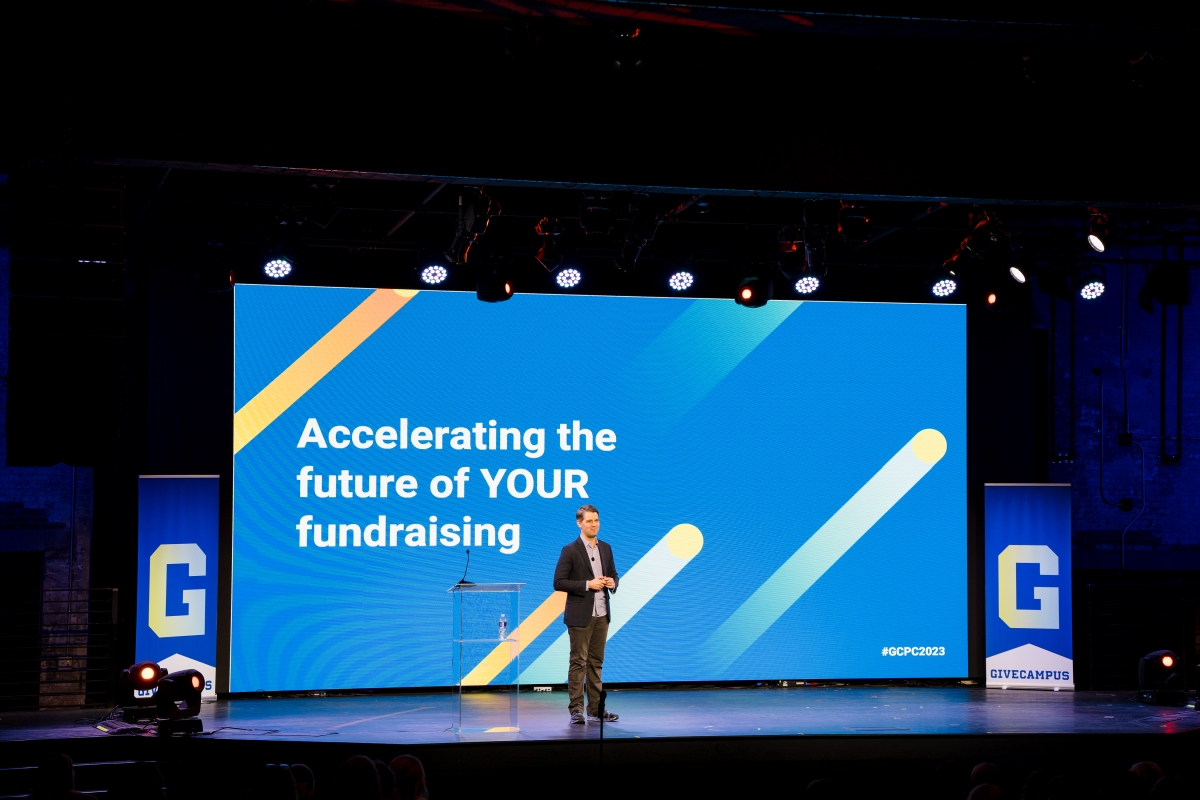
Bringing More Humanity to Fundraising With Help From Artificial Intelligence
As fundraisers have been exposed to the power of AI, they’ve started asking: how can and should we use this technology in our work? GiveCampus has been exploring these questions too, and here’s what we think.

For the second consecutive year GiveCampus has made the prestigious Inc. 5000 list
GiveCampus, the world’s leading provider of educational fundraising technology, has again made the annual Inc. 5000 list of the fastest-growing private companies in America, ranking No. 3,156.
Discover why Gift Officers on the go love Contact Reports AI
Now you can transform raw notes into polished reports in a matter of seconds—right from your phone—all with a single click. Join the waitlist now to gain FREE early access to Contact Reports AI.
GiveCampus is 100% focused on fundraising technology for schools
We’ve facilitated more than $5 billion in charitable giving to nonprofit educational institutions, using modern technology and data, behavioral science, and fundraising expertise to improve outcomes.

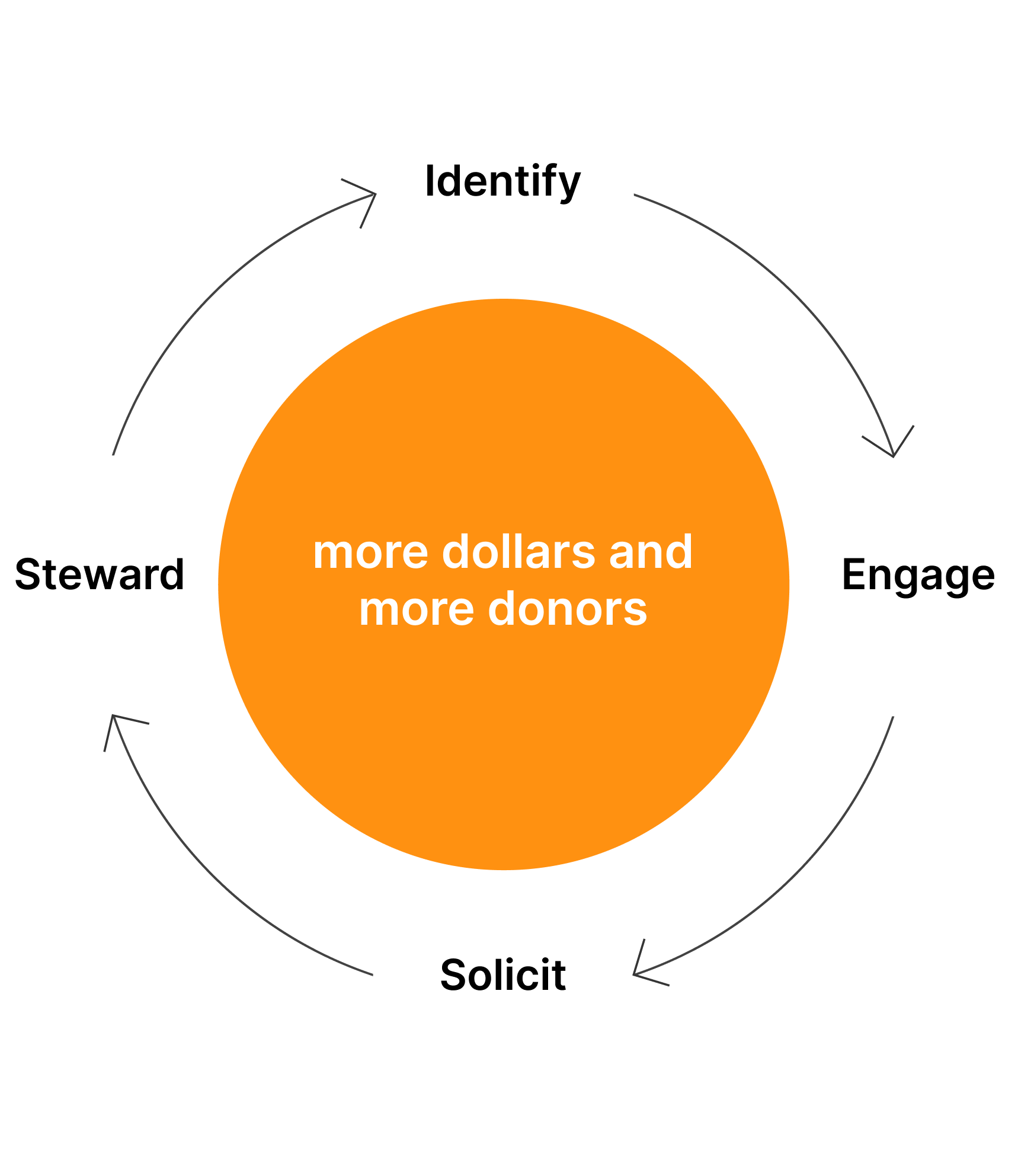
Modernize every stage of the philanthropic lifecycle—for you and your donors
Our fundraising technology streamlines the critical work schools do before and after a donor makes a gift so you can better identify, engage, solicit, and steward those supporters.
Now donors can make a meaningful difference in under a minute
GiveCampus has the industry’s highest conversion rates so giving is always fast, frictionless, and personal.

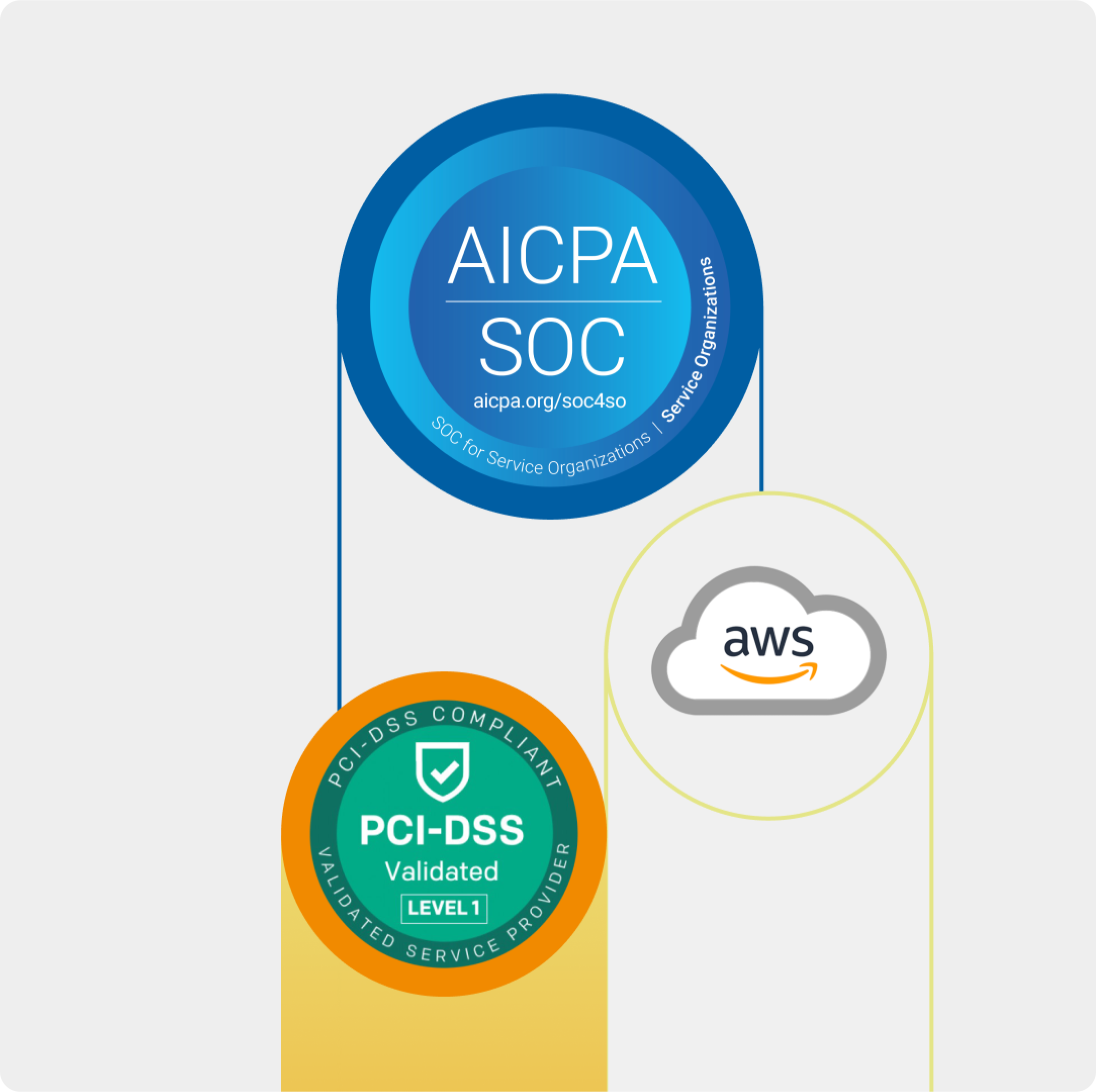
Enjoy 100% uptime—all the time
You work too hard to leave the last-mile of the donor experience to chance. You deserve fundraising technology that’s seamless, secure, and 100% reliable.
Reliable fundraising technology + expert support = recordbreaking results
This is what the noisiest giving day of the year looks like when you partner with GiveCampus. These are the receipts from GivingTuesday 2023.

Once a fundraiser, always a fundraiser
There’s nothing quite like having the ear of someone who’s walked a mile—and then some—in your shoes. The GiveCampus community is a network like no other.
Looking to make the switch to GiveCampus?
It’s never been easier, or more affordable. In fact, we’ll even help you cover the cost of ending your current contract early.
Ask a fundraising expert for details
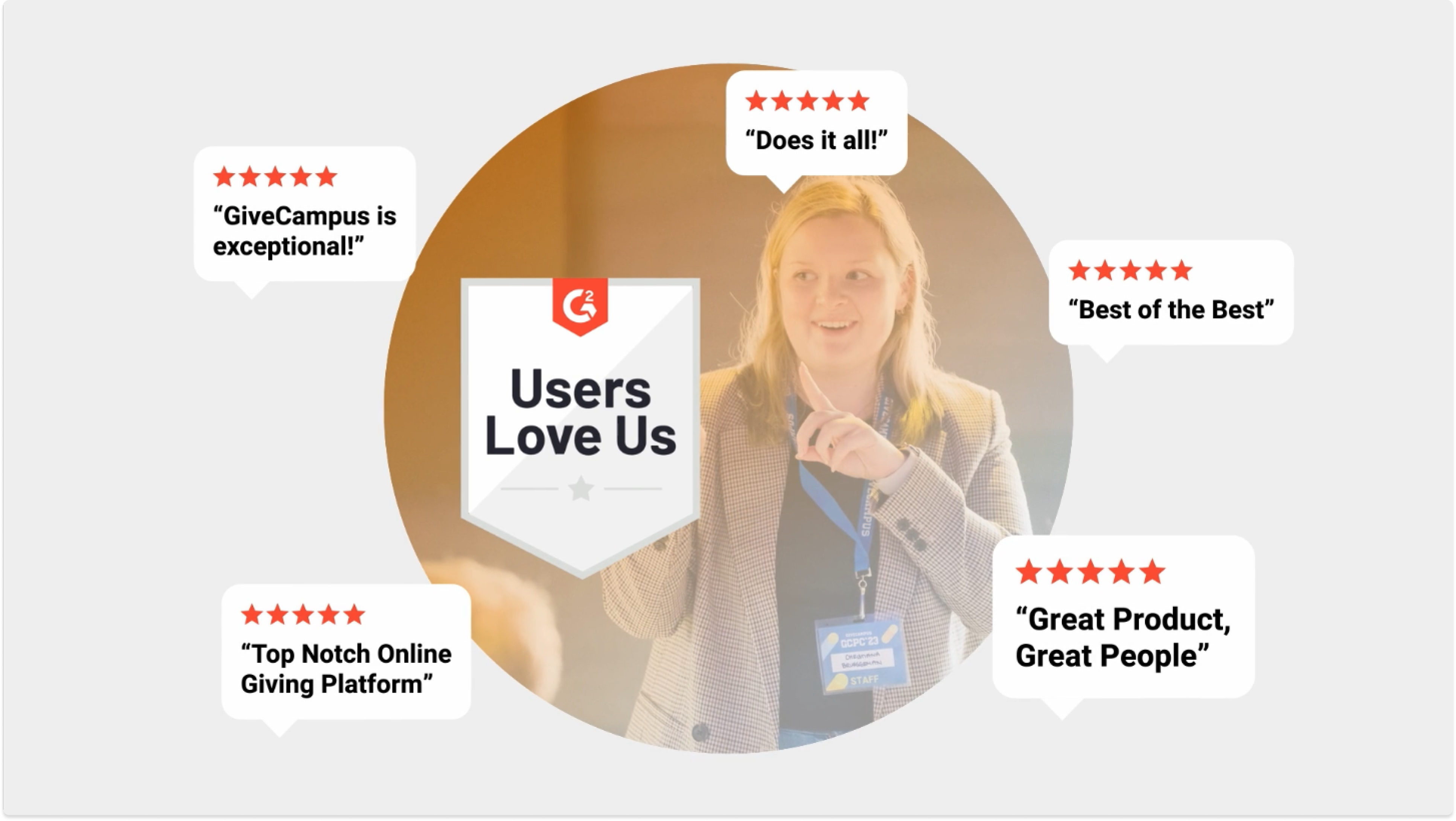
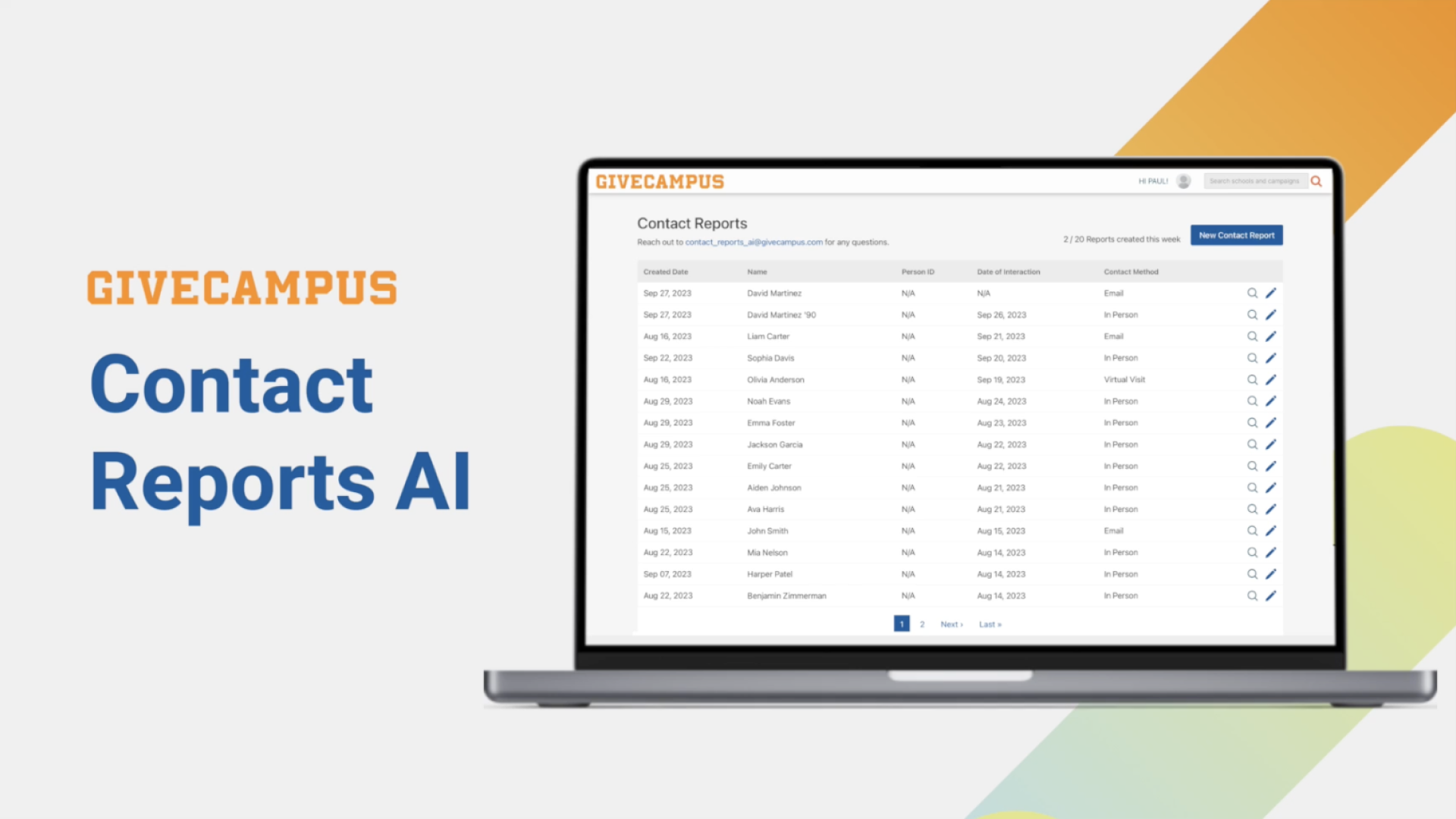
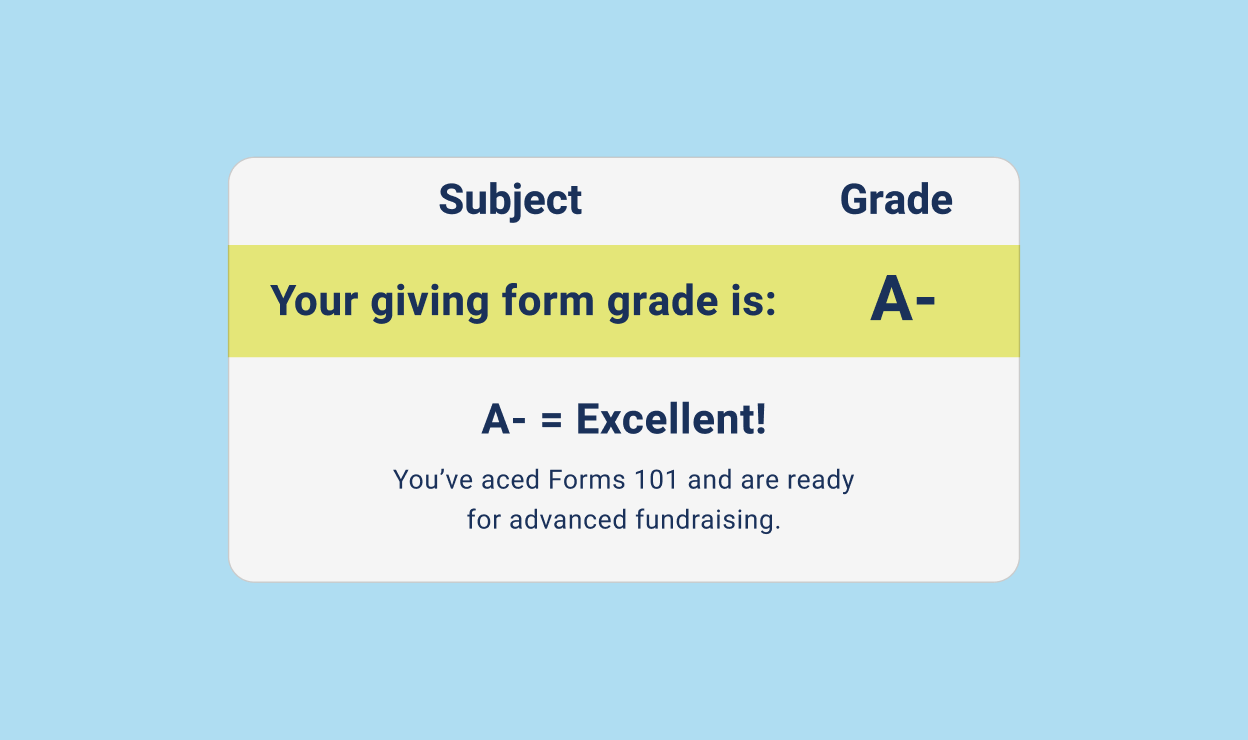
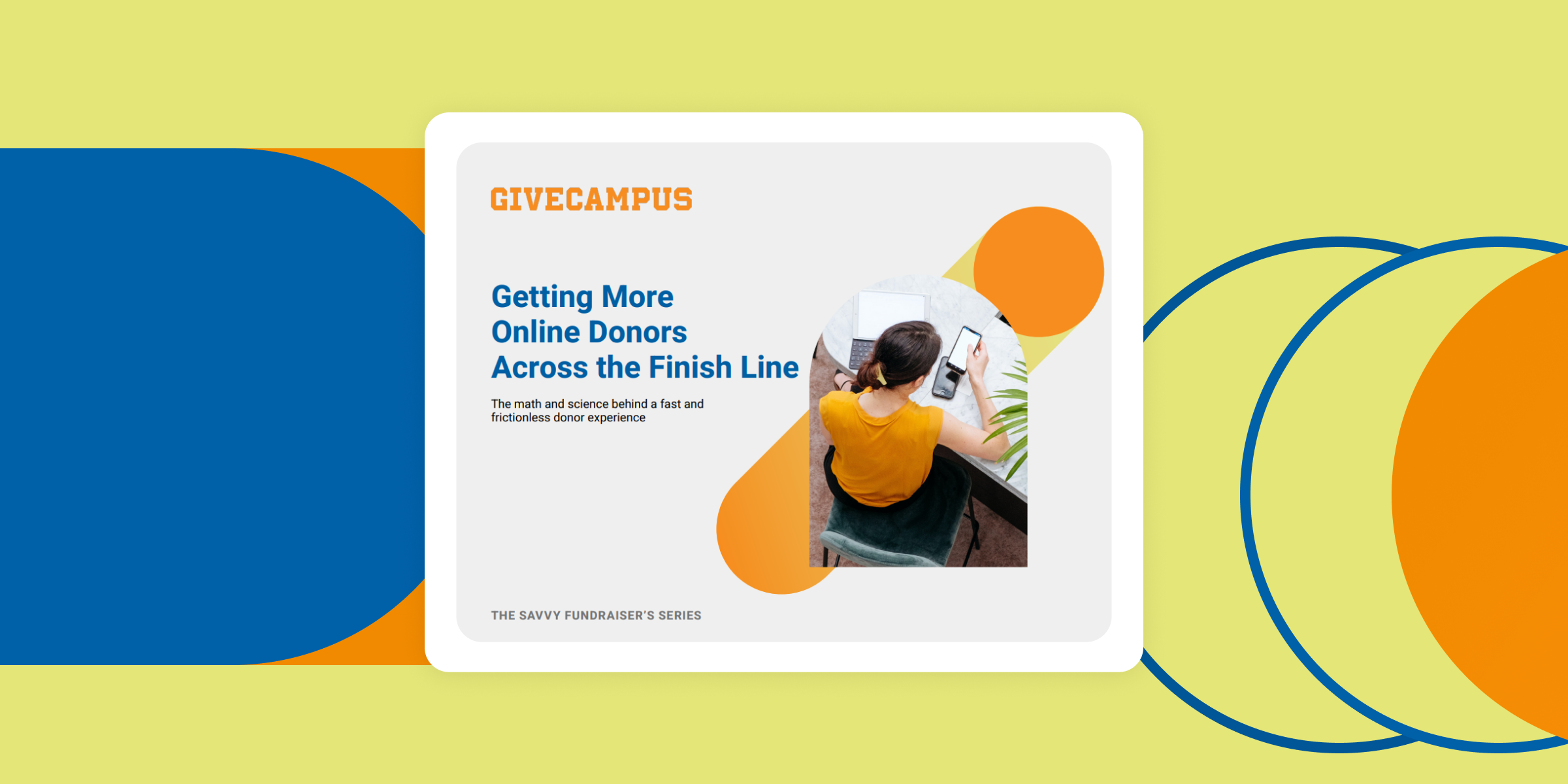
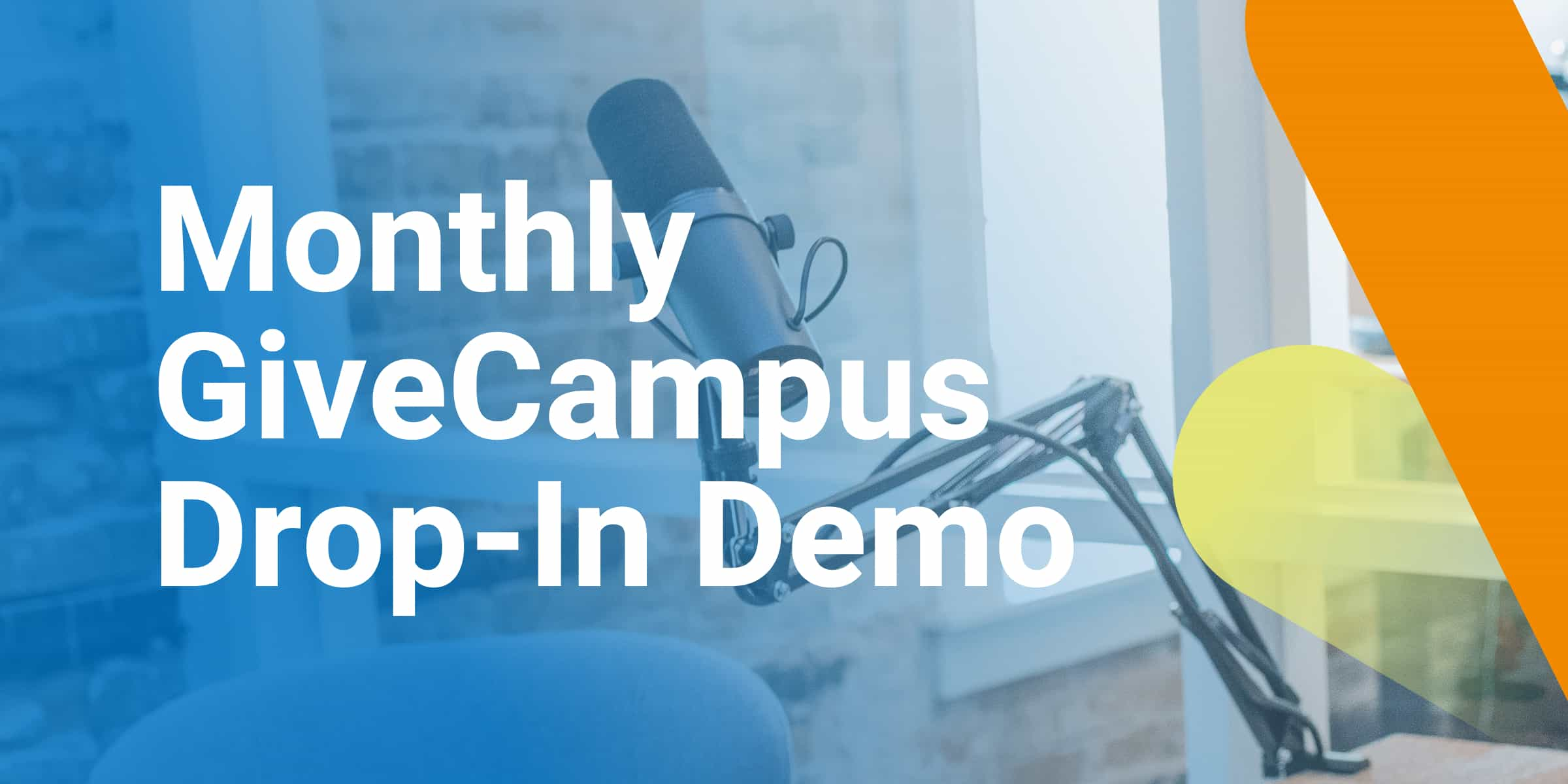


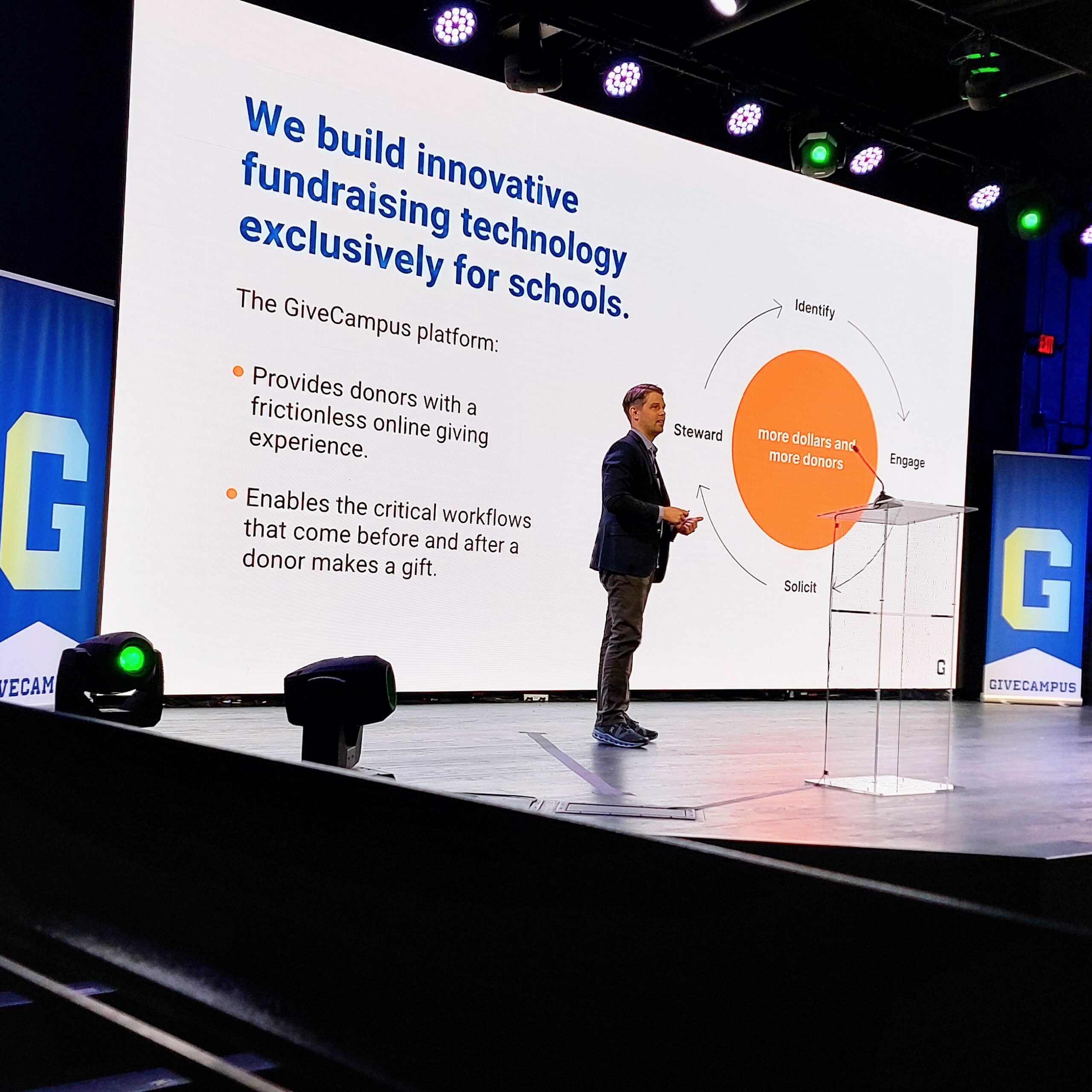
GiveCampus is trusted by more than 1,300 colleges, universities, and K–12 schools